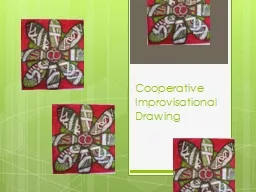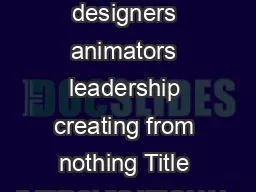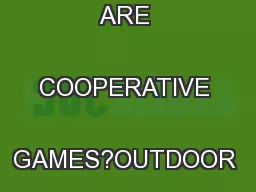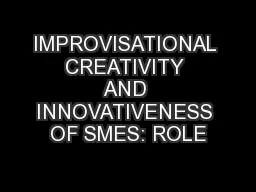PPT-Cooperative Improvisational Drawing
Author : faustina-dinatale | Published Date : 2017-12-16
Cooperative Improvisation For this learning experience students spend time choosing and then learning about a subject before they make an attempt at art making Materials
Presentation Embed Code
Download Presentation
Download Presentation The PPT/PDF document "Cooperative Improvisational Drawing" is the property of its rightful owner. Permission is granted to download and print the materials on this website for personal, non-commercial use only, and to display it on your personal computer provided you do not modify the materials and that you retain all copyright notices contained in the materials. By downloading content from our website, you accept the terms of this agreement.
Cooperative Improvisational Drawing: Transcript
Download Rules Of Document
"Cooperative Improvisational Drawing"The content belongs to its owner. You may download and print it for personal use, without modification, and keep all copyright notices. By downloading, you agree to these terms.
Related Documents














